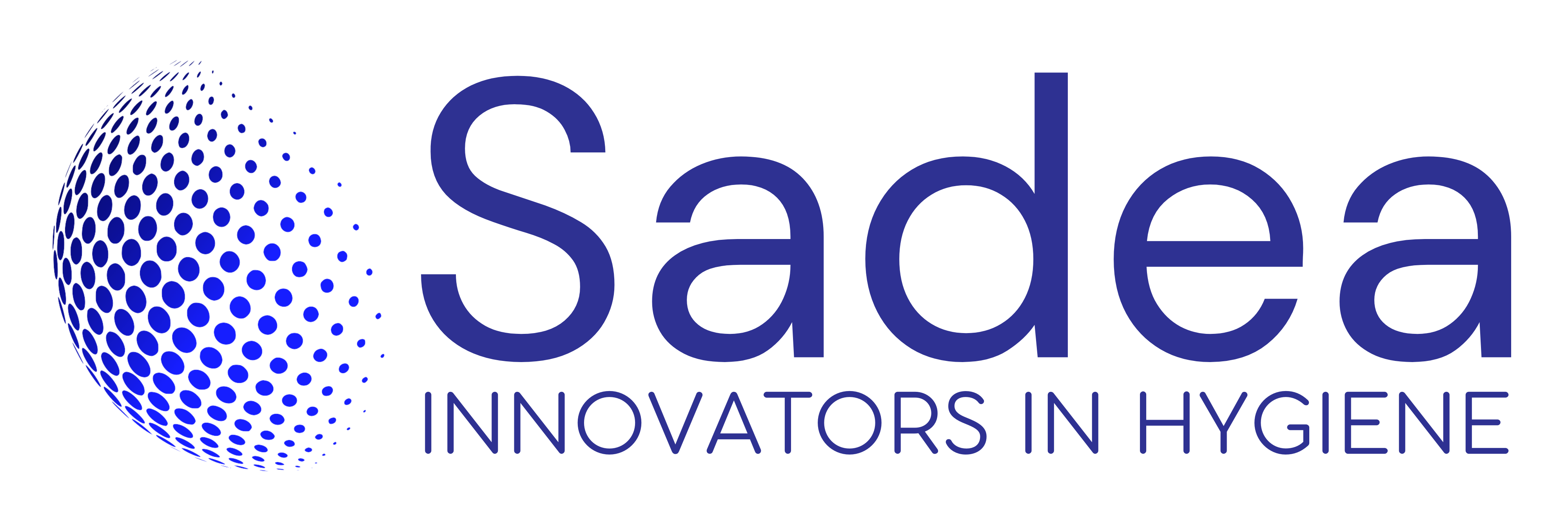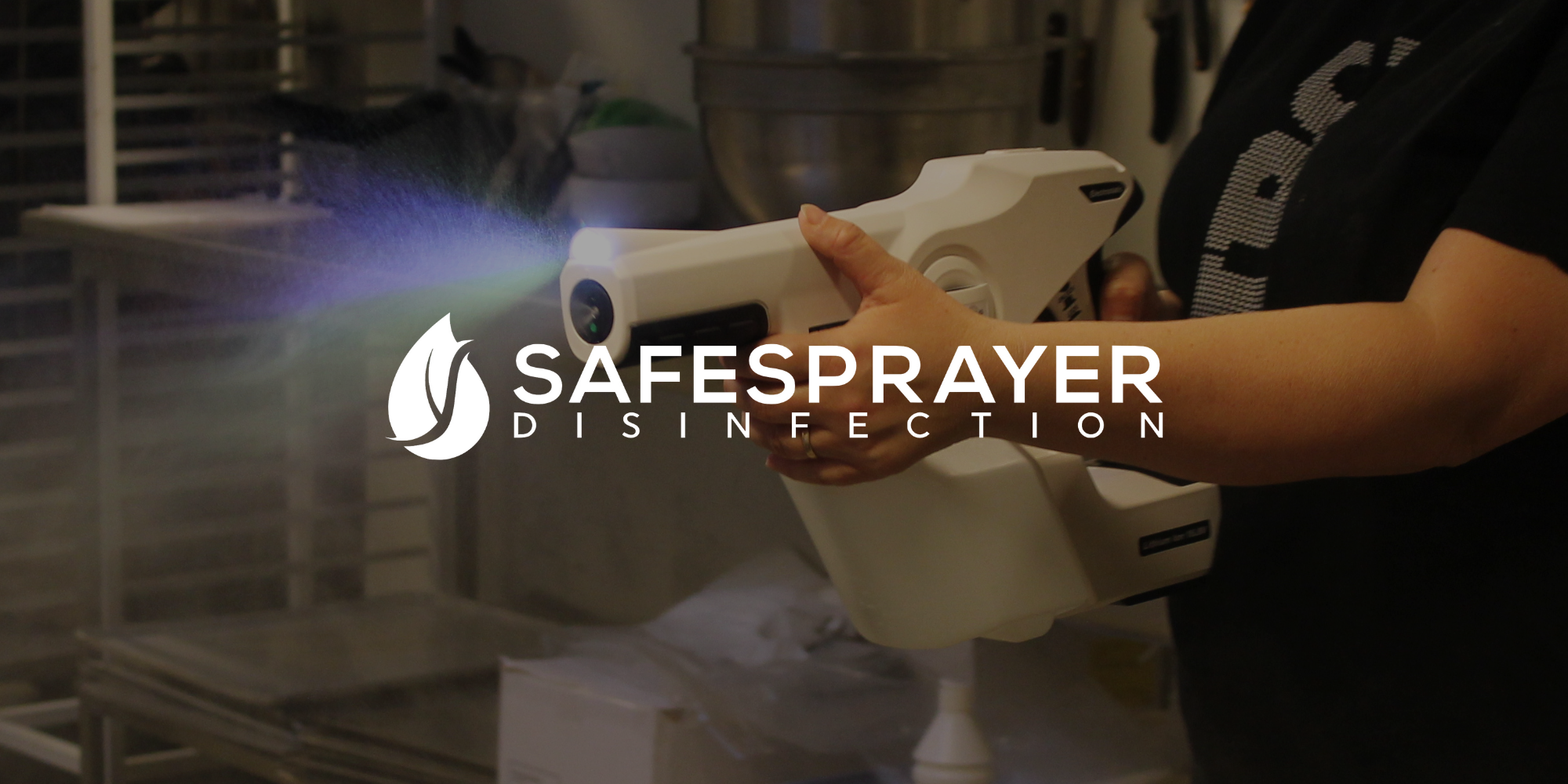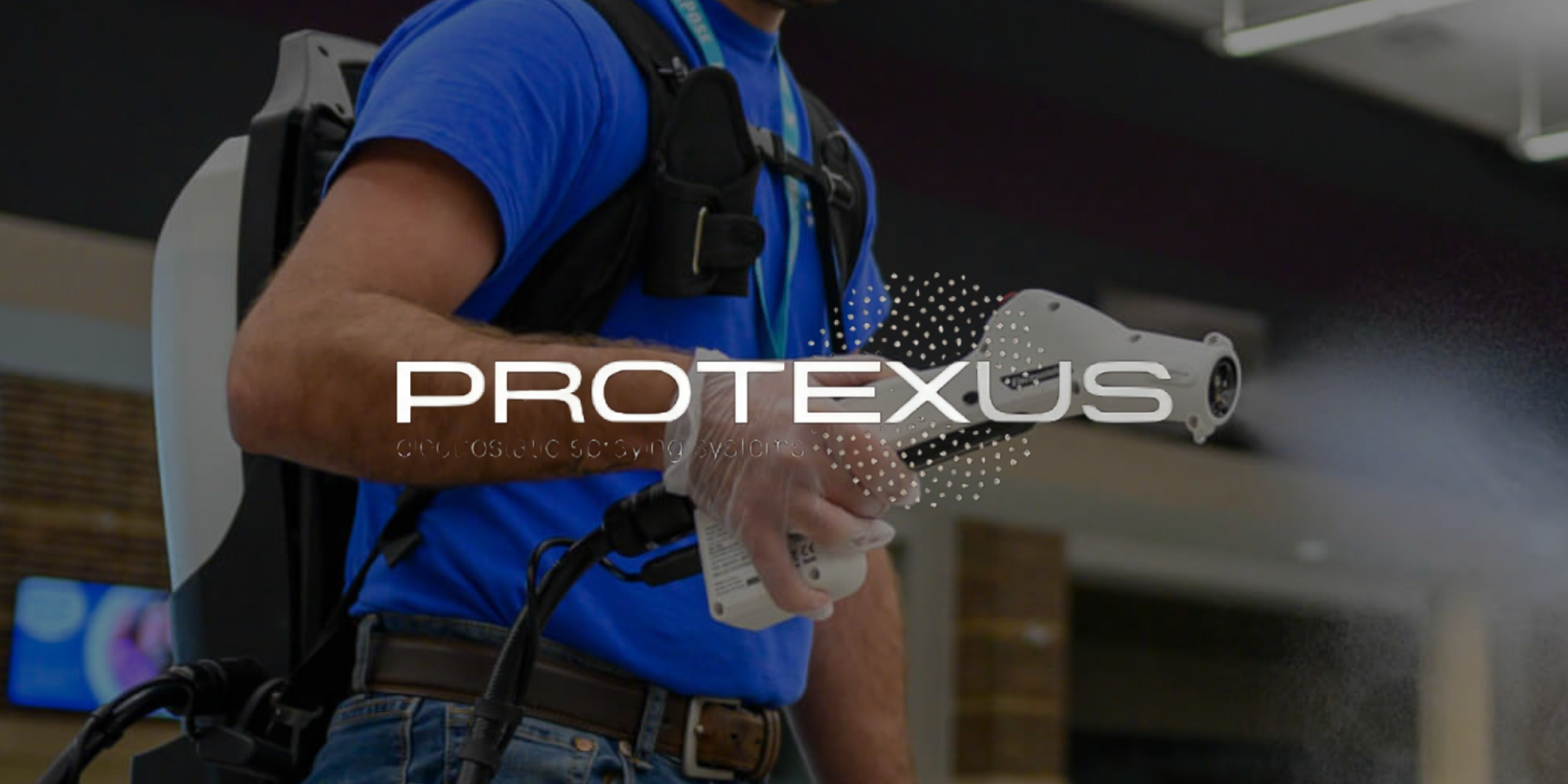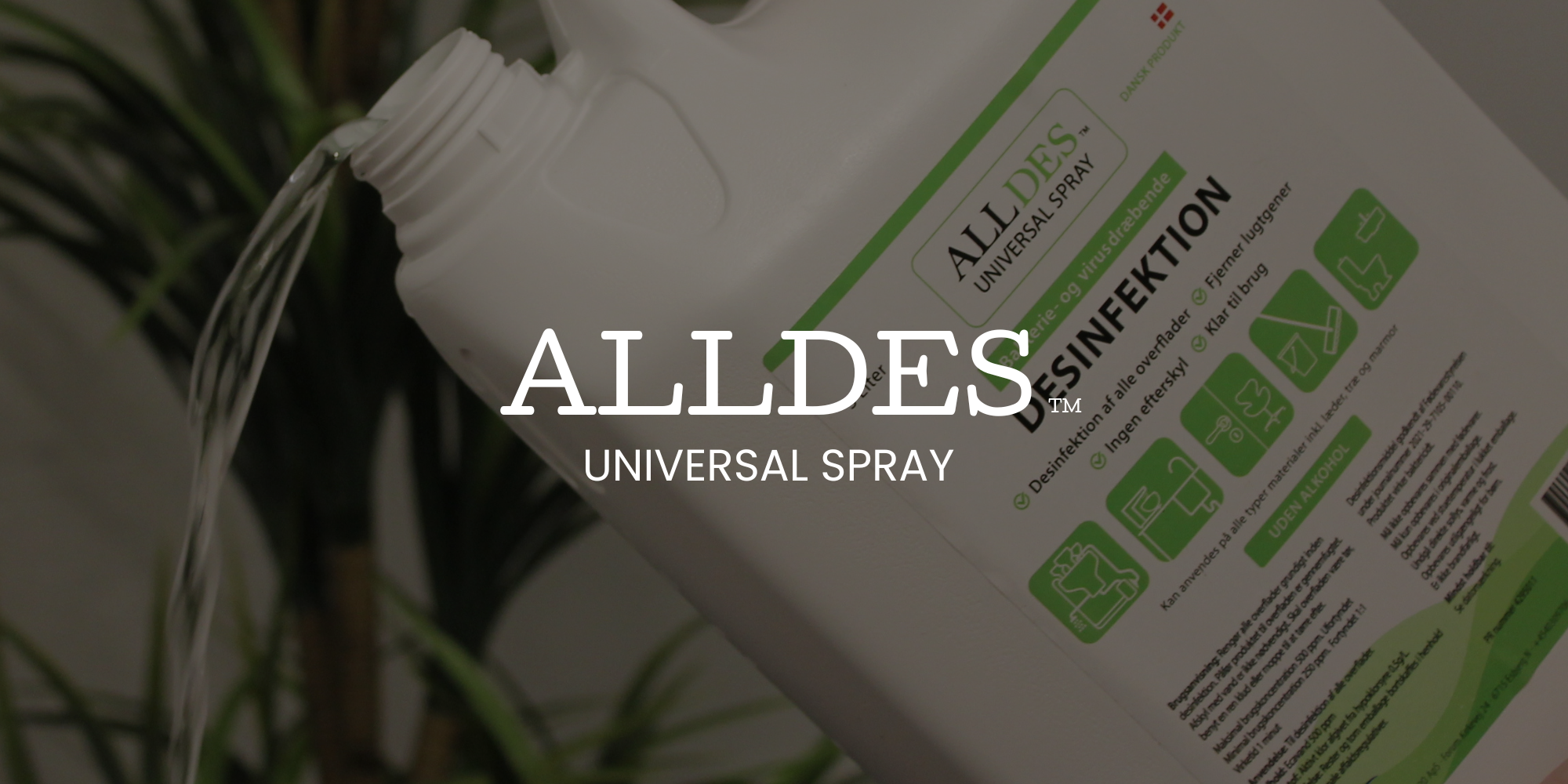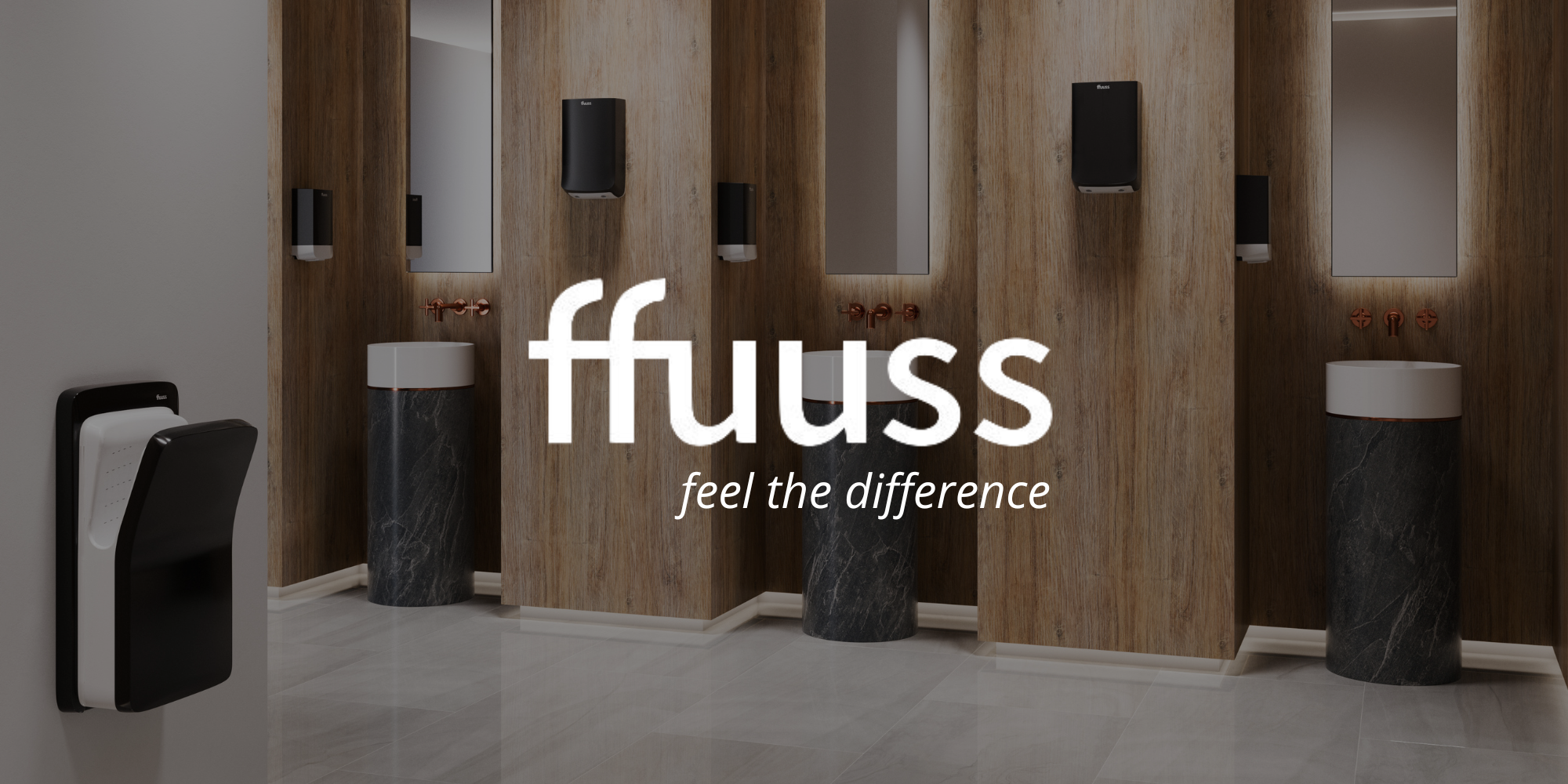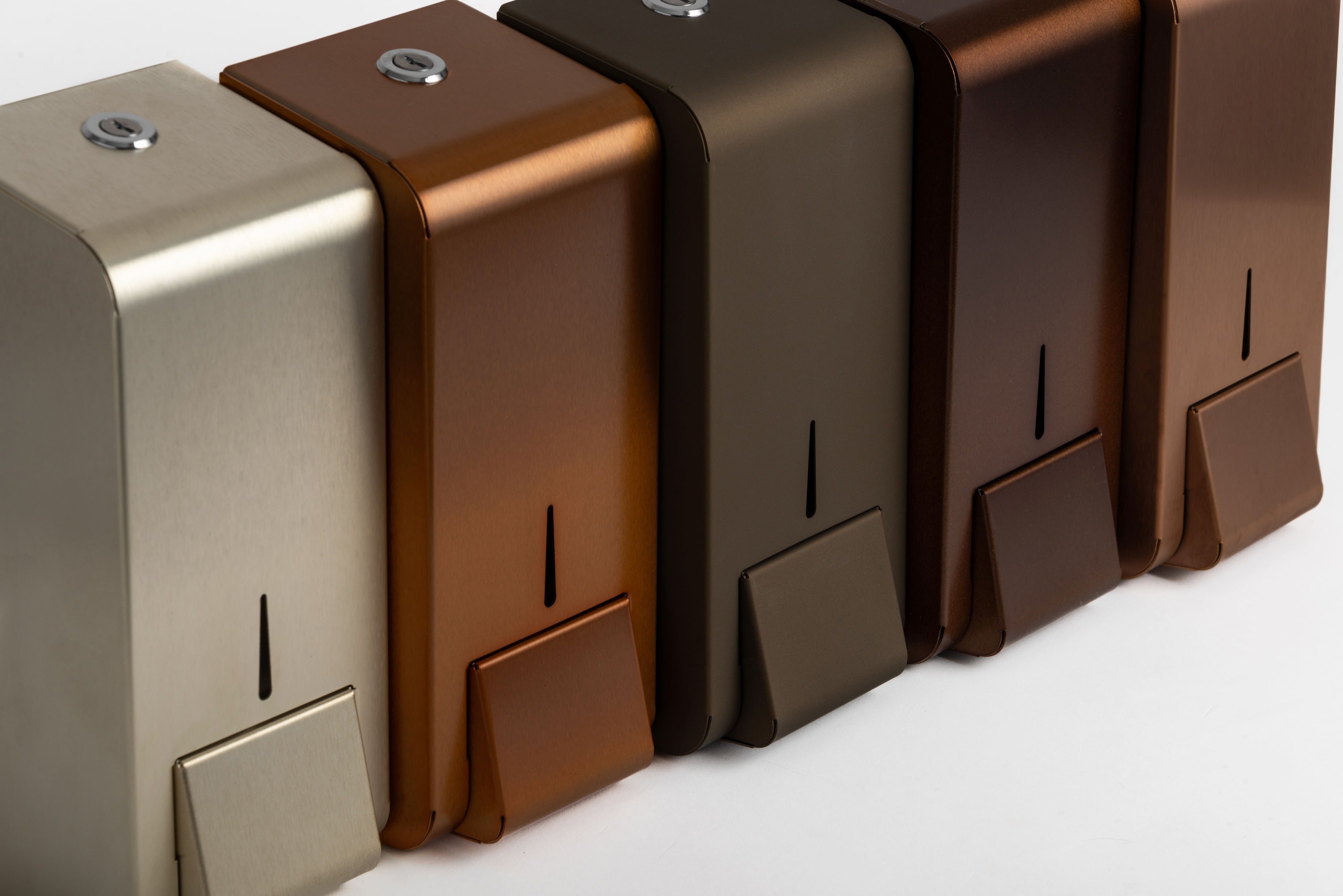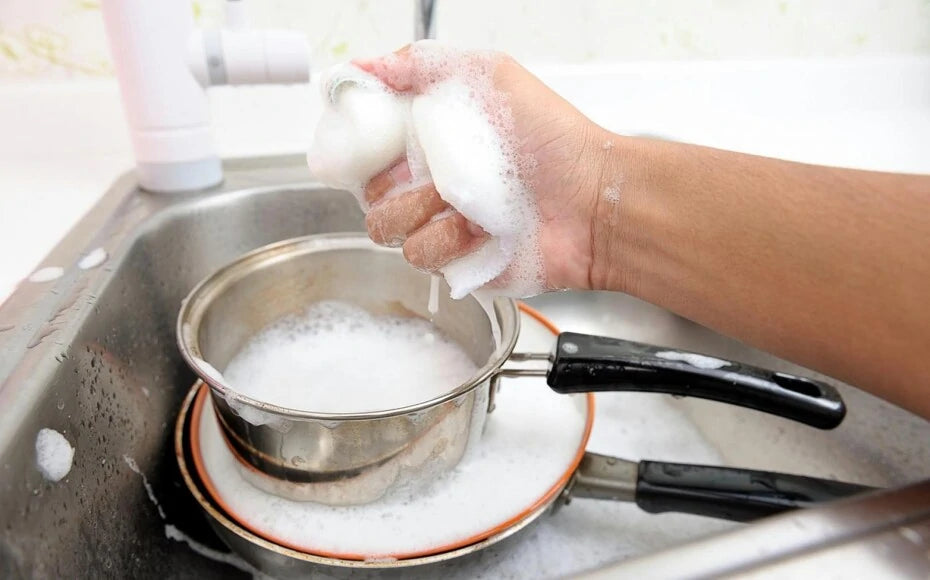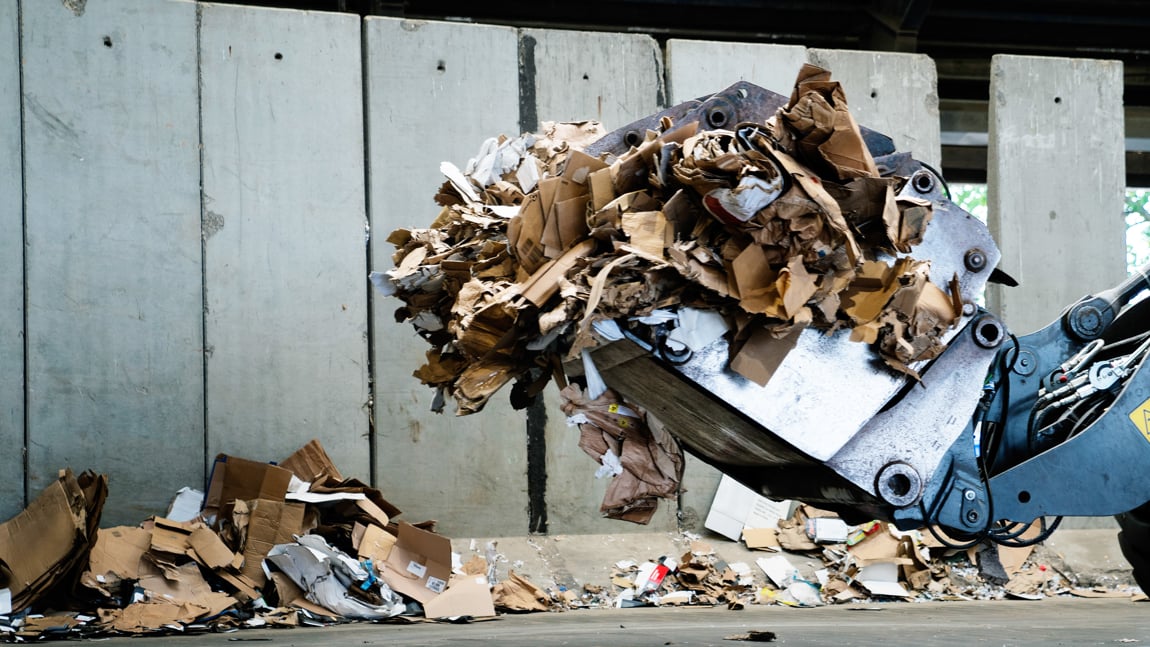Disinfection plays a crucial role in the food industry to ensure the safety and protection of consumers. It is essential to maintain high hygiene standards to avoid disease outbreaks and ensure the quality of the products.
Disinfection practices
In the food industry, the safety and protection of consumers is of the utmost importance. By maintaining strict disinfection practices, one can minimize the risk of contaminated food and reduce potential health risks. Disinfection helps eliminate harmful bacteria, viruses and pathogens that may be present on surfaces, equipment and packaging in food production facilities.
Hygiene standards and regulations
The food industry is subject to strict hygiene standards and regulations. By maintaining effective disinfection practices, companies can ensure they meet these standards and avoid potential regulatory violations. Disinfection is an important part of the hygiene protocols required in food production facilities to maintain a safe and clean environment.
Why use an electrostatic sprayer?
Uniform distribution of disinfectant
An electrostatic sprayer is an advanced disinfection tool that uses electrostatic charge to distribute the disinfectant evenly and effectively on surfaces. The sprayer charges the disinfectant, resulting in a static electrical charge that attracts and coats the surfaces with the disinfectant. This ensures a more uniform and comprehensive coverage compared to traditional spraying methods.
Improving efficiency and less physical hard work
An electrostatic sprayer has several advantages over traditional disinfection methods. First, they can reach hard-to-reach areas and cover large surfaces in a short time. The static charge helps the disinfectant adhere better to surfaces, improving effectiveness and reducing the need for repeated applications.
Improvement in food hygiene
An electrostatic sprayer has become popular in the food industry due to their efficiency and time-saving properties. They can be used for disinfection of production equipment, surfaces, conveyor belts and packaging in food factories. By using electrostatic sprayers, food manufacturers can maintain high hygiene standards and ensure that their products are free of harmful bacteria and viruses.
Reduction of disease outbreaks
Disease outbreaks in the food industry can have serious consequences for both companies and consumers. Disinfection plays a crucial role in reducing the risk of disease spread and preventing outbreaks of foodborne diseases. By removing potential pathogens from the production environment and preventing cross-contamination, disinfection can help maintain food safety and protect public health.
Why use ECA water for disinfection?
Electrolysis of water and salt
ECA water is a disinfection method that uses electrolysis to produce a solution of water, salt and hypochlorous acid. This results in a disinfectant that is effective against various pathogens, including bacteria, viruses and fungi. ECA water is non-toxic, environmentally friendly and safe to use in the food industry.
Safe and sustainable
ECA water has several advantages as a disinfectant in the food industry. It is a safe and sustainable method as it does not leave harmful chemicals or residues on the surfaces. It is also economically advantageous as it can be produced in-house using an electrolysis generator. ECA water has been shown to be effective against various pathogens and can help reduce the risk of foodborne illness.
Broad application
ECA water can be used in various phases of food production, including cleaning equipment, disinfecting surfaces and rinsing fruit and vegetables. It can also be used to clean and disinfect water used in the production process. By implementing ECA water as a disinfection method, food companies can achieve effective disinfection while maintaining a sustainable and environmentally friendly practice.
The combination of an electrostatic sprayer and ECA water
Disinfection plays a vital role in the food industry to ensure safety, protect consumers and meet hygiene standards. Electrostatic spray and ECA water are two effective disinfection methods that can help food manufacturers achieve a high level of disinfection efficiency while maintaining safe and sustainable practices. By combining these methods, a synergistic effect can be achieved and food safety can be further improved.
FAQ - Frequently Asked Questions
How does an electrostatic sprayer work? An electrostatic sprayer uses electrostatic charge to distribute the disinfectant evenly on surfaces by attracting it with a static electrical charge.
Is ECA water safe to use in the food industry? Yes, ECA water is a safe disinfection method as it leaves no harmful chemicals or residues and is non-toxic.
How can electrostatic sprayers and ECA water help prevent disease outbreaks? By effectively killing harmful bacteria and viruses on surfaces, electrostatic sprays and ECA water can contribute to reducing the risk of disease spread and foodborne disease outbreaks.
Are there any specific guidelines for the use of electrostatic sprayers and ECA water in the food industry? Yes, it is recommended to follow the manufacturer's instructions and any industry guidelines for the correct use of electrostatic sprayers and ECA water in the food industry.
Which other disinfection methods are used in the food industry? In addition to electrostatic sprays and ECA water, other disinfection methods such as UV light, ozone treatment and traditional chemical disinfectants are used in the food industry.
